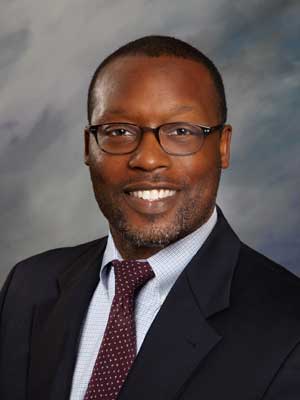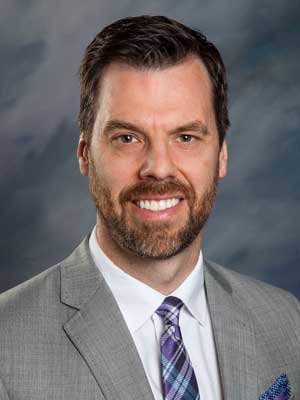DATE: Thursday, March 1, 2018
TIME: Registration: 9:30 a.m. | Lecture: 10:00 a.m. - 12:00 p.m.
LOCATION: Loma Linda University, Centennial Complex - Rm 3111, 24760 Stewart Street, Loma Linda, CA 92350
TUITION: $40 DDS / $30 AUX
LUNCH: Will NOT be provided
CREDIT: This course meets the Dental Board of California’s requirements for 2 units of continuing education.
AGD Code: 550

Udochukwu Oyoyo, MPH
Assistant Professor, Dental Education Services
Loma Linda School of Dentistry
Assistant Professor, Radiology
Loma Linda School of Medicine

Gregory Olson, DDS, MS
Assistant Professor, Orthodontics
Loma Linda School of Dentistry
Synopsis
This program will examine the what, why and how of process mining a powerful data analytical that scans digital records to identify helpful and detrimental processes. This empowers a practitioner with information that can greatly improve day to day decisions.
Process mining is important to clinicians- where derived metrics can be used to evaluate how well the work is done. Typically, evaluations rely on reported patient satisfaction and financial measures. When warning signs appear, though, decision-makers want more detail. Process mining provides visibility about what has been working well, while highlighting undesired and unintended issues. Process mining can be used to understand clinic flow, identify financial losses and inform decisions about practice performance.
Objectives
Upon completion, participants will be able to:
- Articulate what business process analysis and process mining are and how they can be applied to dental practice.
- Identify and access technology available for process mining.
- Develop an introductory process analysis for topics such as curriculum mapping, clinic flow and competence evaluations.
Session decription:
- Supply background on process mining and areas of current application.
- Give rationale for use and establish connection to dental practice.
- Demonstrate software on a clinical issue.
- Review additional practice/clinical opportunities.
- Summarize main points and objectives, elicit feedback, then direct participants to additional resources and further information.
